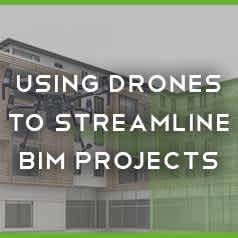
News
Improving the BIM Workflow with Drones
Learn more about BIM (Building Information Modelling) methodology and how drones are set to disrupt the traditional methods of data acquisition. ... Read More
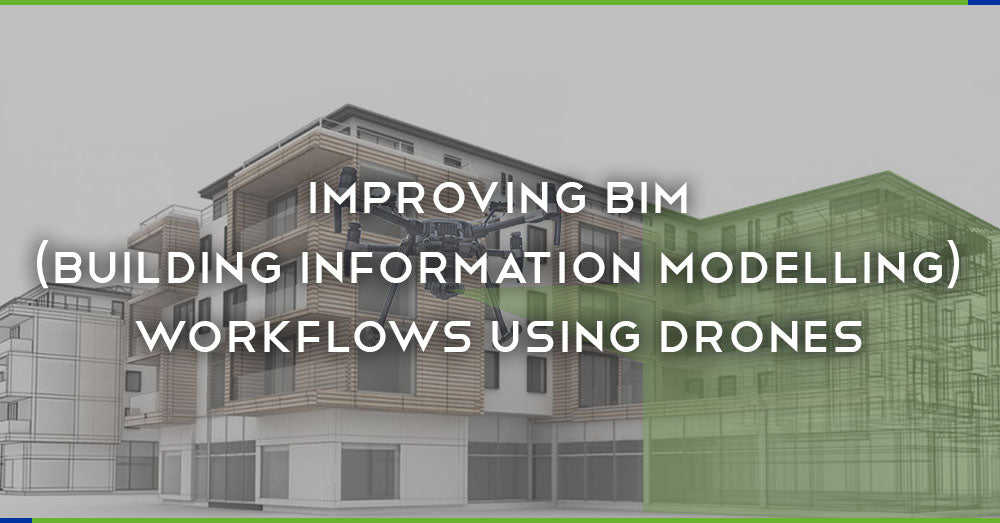
BIM Explained
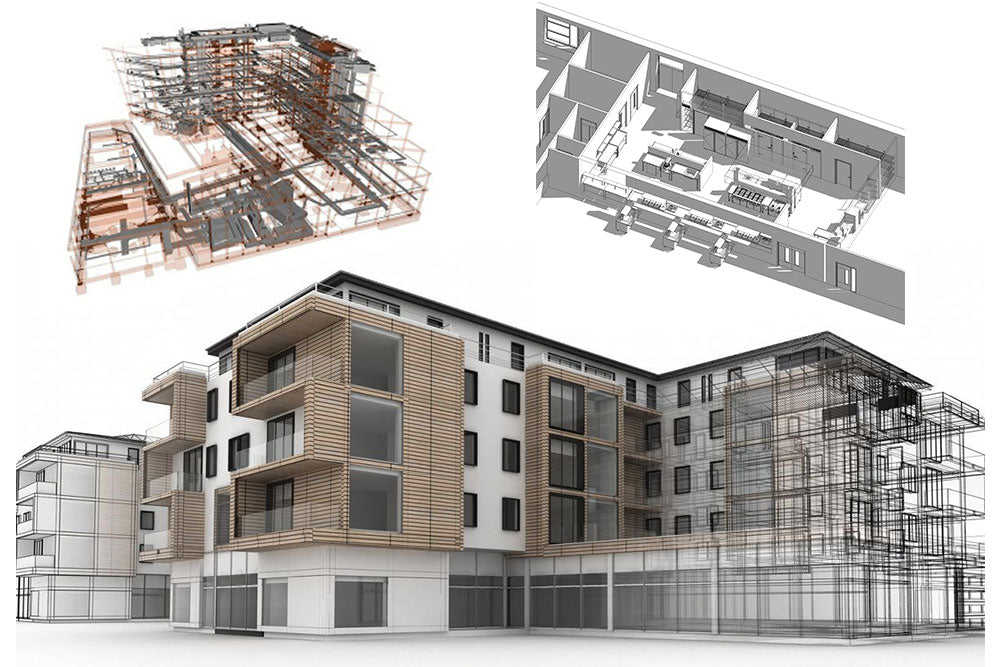
Consistent labelling and naming of all documents and collected data: This is crucial for finding relevant data throughout the lifespan of the project, ensuring all those involved in the workflow are following the same procedure.
A process in place for storing and extrapolating information: This involves the use of 3D representations of the structure in fit-for-purpose modelling software. Fundamentally, the BIM process offers a shared representation and spatial database for recording the location and attributes of every part of the project.
A method for exchanging or issuing information (e.g. construction, operation, performance and maintenance): This part works exactly how it sounds, involving the exchange of drawings, documents and data. When using BIM, this process is streamlined as the information is generated directly from the Business Information Model, rather than numerous separately prepared documents that could lead to confusion and costly mistakes.
An effective use of BIM methodology increases project efficiency and reduces the number of errors. Using the data gathered during initial stages, 3D models are built before any work begins on-site. All the essential attributes of the structure are included in this visualisation and any potential spatial issues can be spotted and ratified in the model before construction as opposed to becoming a problem further into the project.
BIM Maturity Levels
BIM isn’t a catchall system, there are different levels of implementation which are known as ‘Maturity Levels’. Here is the outline for each of these levels to give you more of an idea of the scope covered by the BIM method:
Level 1: A project team using 2D CAD drafting with paper-based or electronic print information and data exchange are considered to be operating at Level 1.
Level 2: When using a mixture of 2D or 3D CAD supported by a common data environment for the sharing of drawings and data with a standardised structure and format, you’ve reached Level 2. However, collaboration is limited amongst the various project teams with each controlling and disseminating its own information.
Level 3: Collaborating across all disciplines with all teams using 3D CAD models that are integrated but not shared as a priority. Design info is shared via a common file format such as IFC or COBie to keep everyone on the same page throughout the project.
Level 4: The peak of BIM operation, Level 4 is a fully collaborative workforce sharing all information across all disciplines using a single, shared project model which is stored centrally and is accessible by all the stakeholders to allow for essential modifications and data sharing.
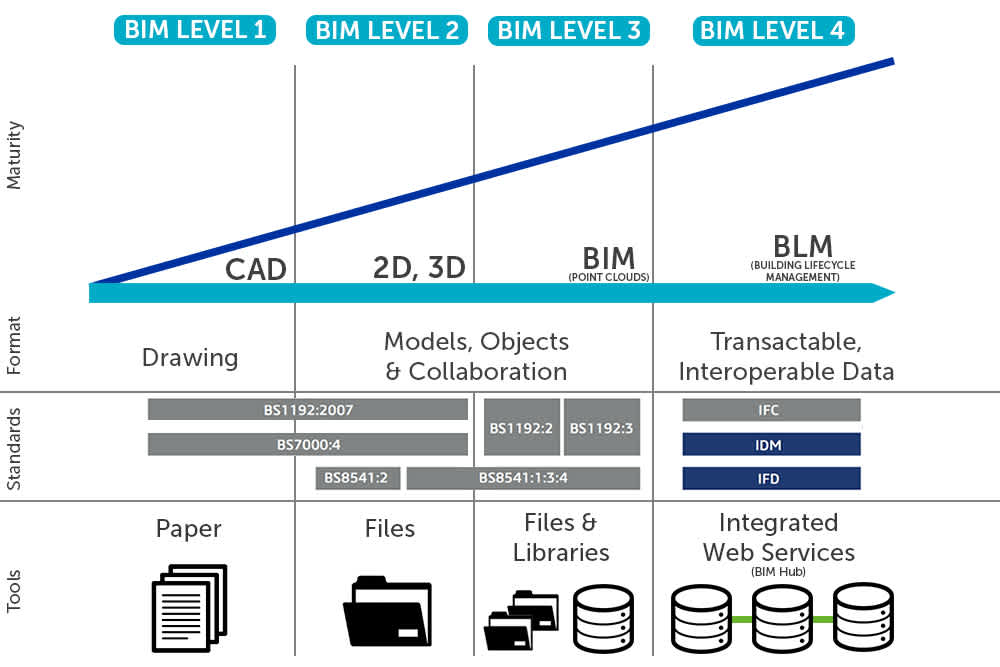
Drones & BIM
As has been the case with a growing number of industries over the past couple of years, those in the construction sector have been quick to embrace the potential of drones. So, it’s no surprise to see an increasing number of companies employing unmanned aircraft to support their BIM methodology. Proving themselves to be an asset for this type of data-driven approach, drones can undertake the following tasks to aid the BIM workflow:
Site inspections and land surveying before construction begins
Point cloud scanning to aid Building Information Modelling
Aerial photography at different stages of construction for marketing campaigns
Monitoring site activity to ensure an accurate, issue free workflow
Conducting structural inspections to ensure safety procedures are in place
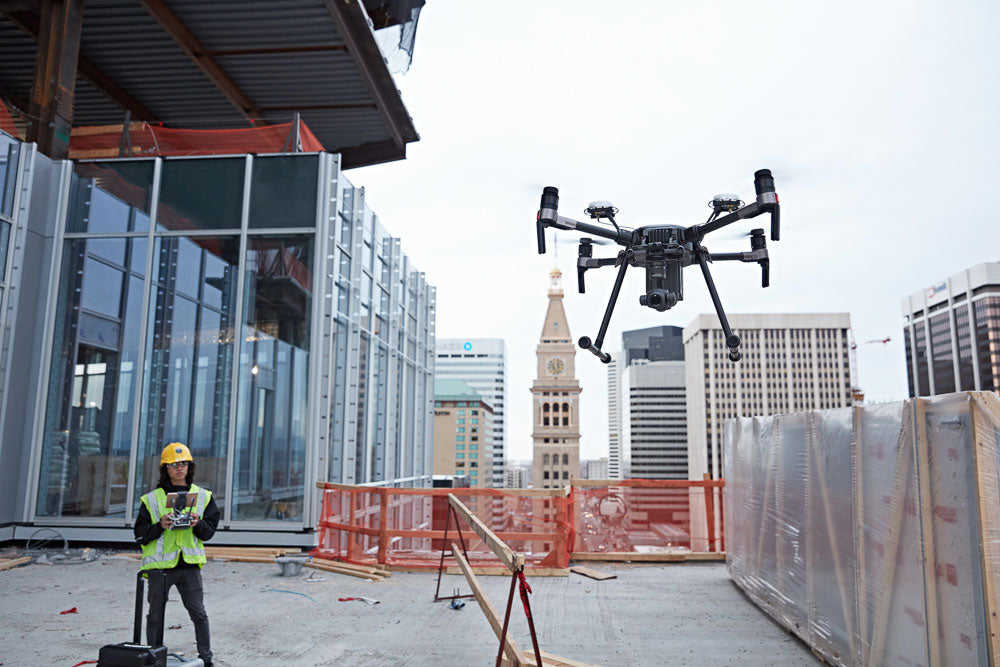
Which Drones are Suitable for BIM Modelling?
While, if properly customised, a large range of aircraft could be set to work on a construction site. However, speaking from experience and contact with numerous clients, we believe the following drones are best placed to carry out the range of data gathering activities need to successfully meet the requirements laid on in the BIM methodology.
The DJI Inspire 1
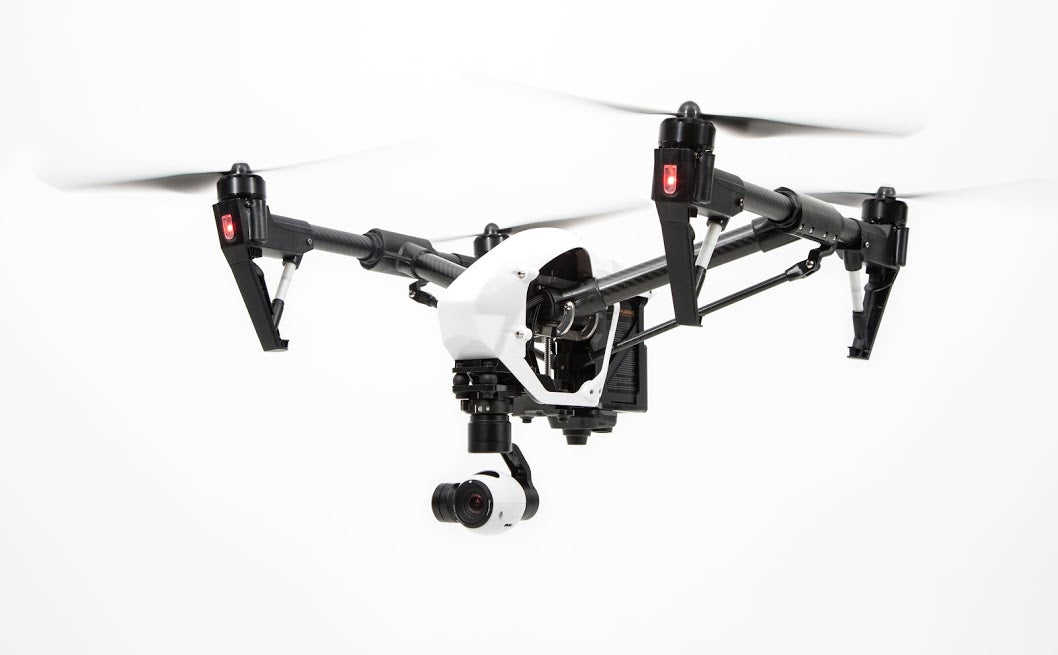
The DJI Inspire 2
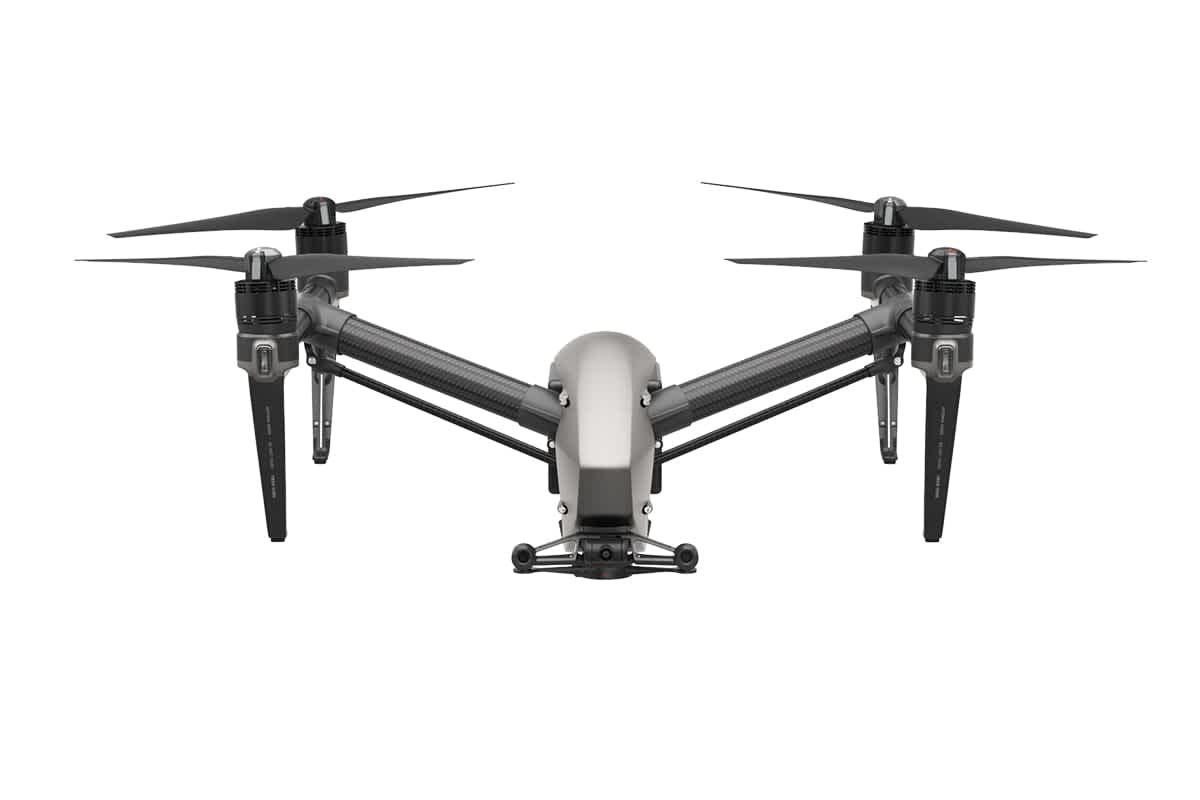
The DJI Matrice 600 & M600 Pro
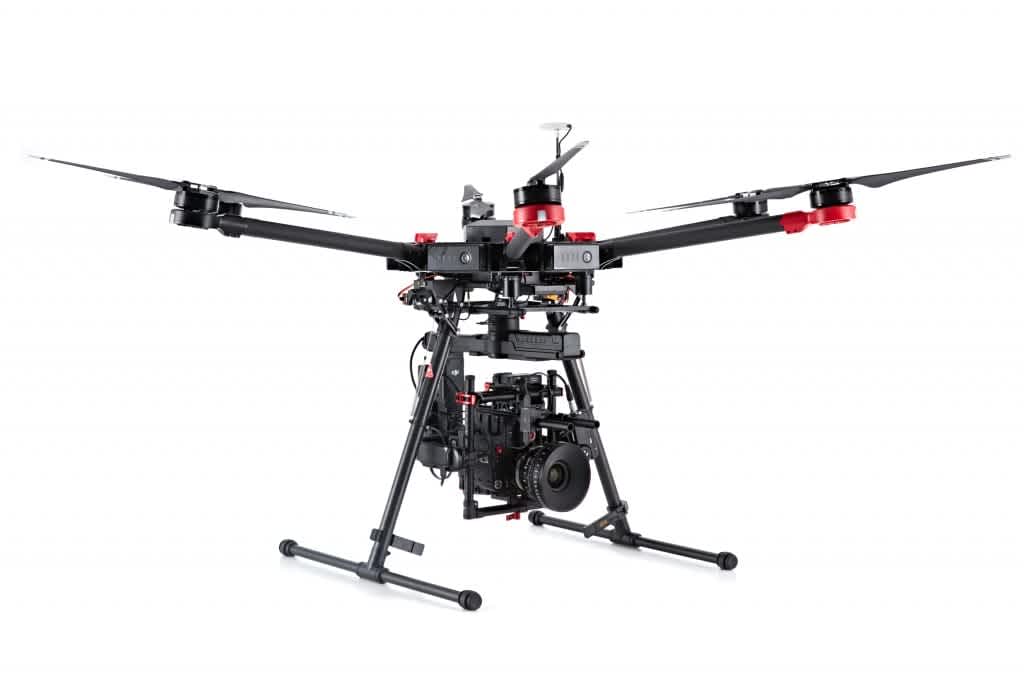
The DJI Matrice 200 Series
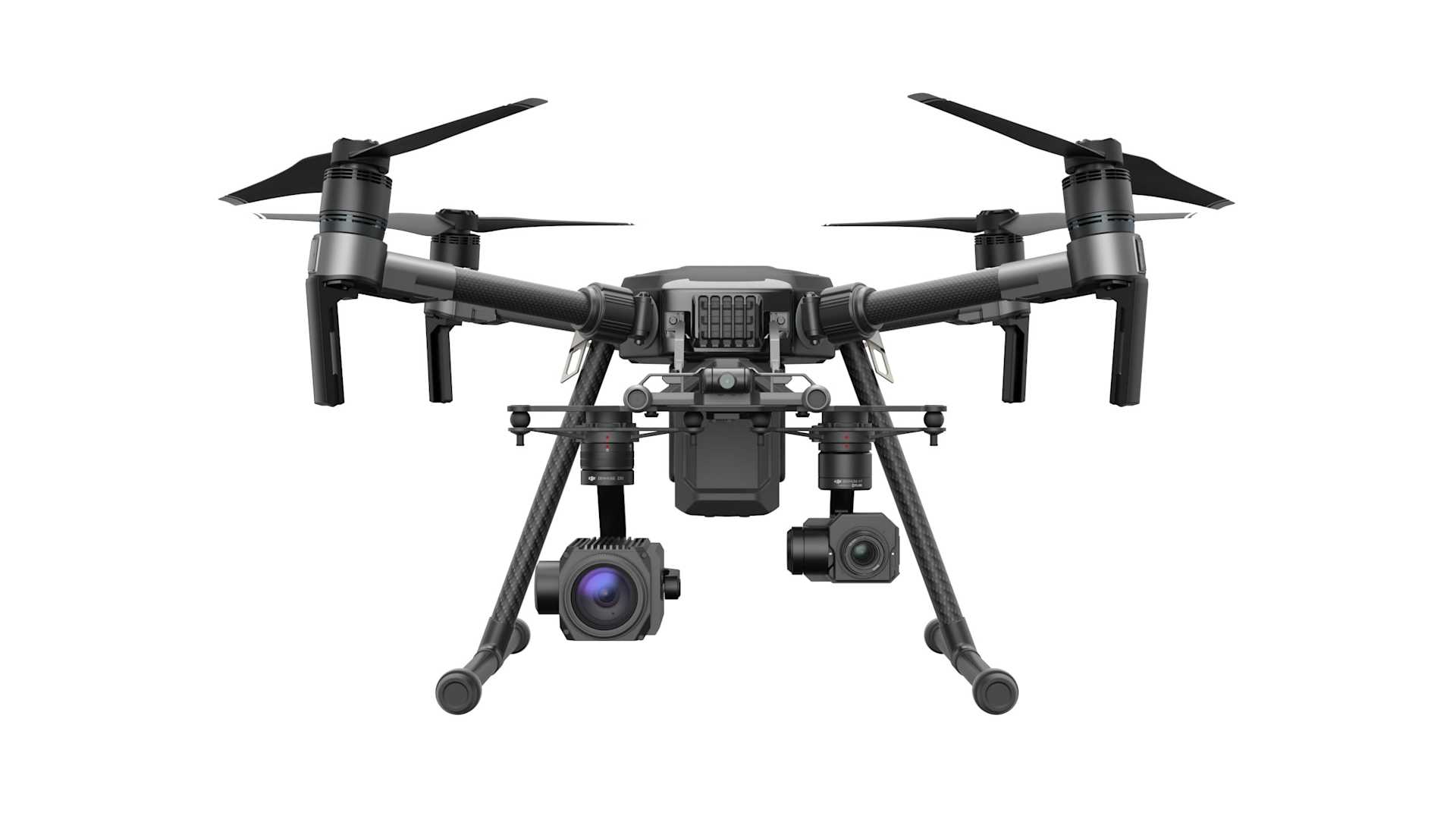
Get in Touch
If you would like to find out more about how drones can be a real asset on-site with construction companies, you can get in touch with our team by calling 0191 296 1024 or emailing info@heliguy.com.
…
Keep checking back to Heliguy’s Insider Blog for more insights into the commercial applications of unmanned aircraft and, of course, the latest news from the drone industry.
